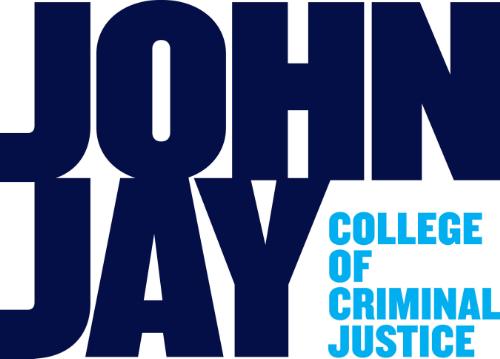
Date of Award
Summer 8-2020
Document Type
Thesis
Degree Name
Master of Science (MS)
Department/Program
Forensic Science
Language
English
First Advisor or Mentor
Richard Li
Second Reader
Artem Domashevskiy
Third Advisor
Patrick David Carney
Abstract
Prior to isolating DNA, it is necessary to remove any biological materials that may be present on commingled remains. Manual maceration of the outer surface is time-consuming. This study will address this issue by developing a simple method for processing bone samples prior to DNA isolation. A liquid-based technique was applied to macerate bone fragments by incubating bone fragments in an enzyme solution, removing potential contaminants, followed by a bone tissue disruption. Swine (Sus scrofa) bones were used to simulate human bones. Microscopic analysis suggested this method was effective for surface material removal. The methods effect on the quantities of DNA isolated was studied using a single-factor ANOVA; no significant differences in yields were observed. Direct sequencing of amplified fragments at the Sus scrofa mitochondrial cytb locus was carried out. Electropherograms of the untreated control and treated samples were compared. No adverse effects were observed in the quality of treated samples. The method was applied to samples from six different species to test the methods potential application to animal identification. Resulting sequences were compared to a basic local alignment search tool (BLAST), and all species were correctly identified. The proposed method’s viability for application to human bone processing was studied using human bones. DNA profiles were successfully detected using hypervariable region I in mitochondrial DNA. This study demonstrated that the proposed processing method for bone fragments can be potentially useful for bone evidence, particularly cancellous bones, prior to DNA isolation.
Recommended Citation
Bernal, Bryan, "Developing a Maceration Method for Isolation of DNA from Cancellous Bones" (2020). CUNY Academic Works.
https://academicworks.cuny.edu/jj_etds/166

